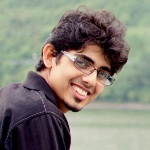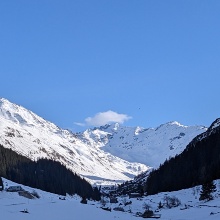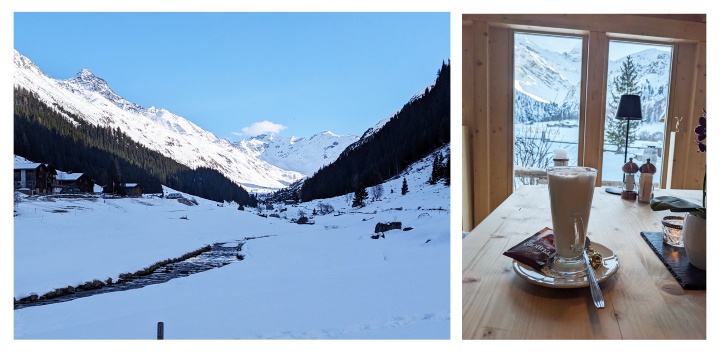Zubin Trivedi from the Institute for Modelling and Simulation of Biomechanical Systems (IMSB) of the University of Stuttgart is a doctoral researcher (research project C03) and member of the SFB 1313 Integrated Research Training Group "Interface-Driven Multi-Field Processes in Porous Media". He visited the AO Research Institute Davos (ARI) from January to February 2023.
Research Report
The AO Research Institute Davos (ARI) has been collaborating with us since the start of the project C03 by providing us with experiment support and their clinical expertise that helps us bridge the gap between the computational realm of simulations and the real world application in the medical field. The main aim of the research stay at Davos was a thorough investigation of the rheological behaviour of the bone cements used in vertebroplasty, as well do some experiments where we inject these bone cements into porous materials that are representative of human vertebrae, like aluminium and polyurethane foams, and also the human vertebrae itself.
From our investigations of the rheological behaviour of the conventionally used polymethyl methacrylate (PMMA) -based bone cement, we could identify and quantify aspects of the rheological behaviour, namely its viscoelasticity, time-dependence due to curing, and sheardependence due to non-Newtonian rheology. The material parameters obtained from these characterizations not only help us objectively understand the flow behaviour in various conditions, but also helps us generate accurate simulations of vertebroplasty from our computational model. Similar investigations were also carried out on a newly developed alternative, i.e. silicone-based bone cement, the rheological behaviour of which is quite different compared to the conventionally used PMMA-bone cements. Particularly, they are much more fluid-like in their behaviour rather than viscoelastic and their behaviour is comparatively not as sensitive to deformations. We could do a direct comparison of parameters like the curing rate, injectability, temperature-dependence etc. for these bone cements. From the injection experiments using various porous materials and using the different bone cements, we could study the differences in the required injection forces, and the cement filling behaviours arising from different rheologies and interfaces effects of various materials, and compare them to the same in actual human vertebrae. We also could formulate a simple benchmark experiment which provided validation data for our computational model and evaluate the suitability of various rheology upscaling approaches used in the computational model.
It was a privilege to be visiting Davos, a renowned ski resort with breathtaking natural beauty, in the peak winter months. The working atmosphere at the AO Research Institute is positively motivated and upbeat, which was quite conducive to the productivity of my research stay. I am grateful to have had the opportunity to stay and work there. Special thanks to Dominic Gehweiler, Jacek Wychowaniec, Mattheo D’Este, and Boyko Gueorguiev-Rüegg for their hospitality and invaluable continued support along each step of the way.

Zubin Trivedi
M. Sc.Research Staff, Research Project C03



